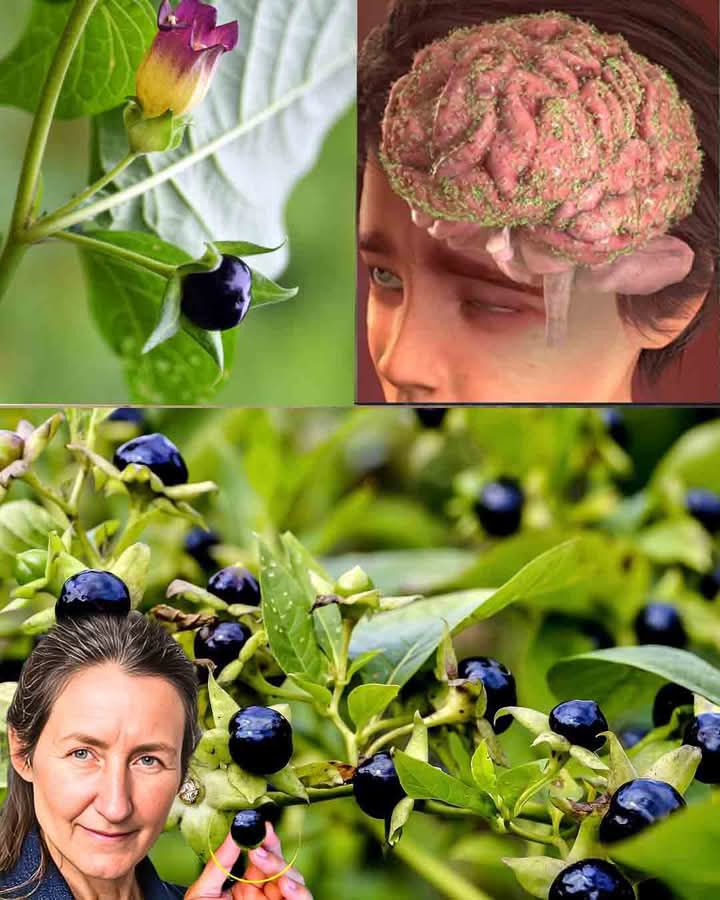ADVERTISEMENT
#### **Traditional Uses**
– **Heart Conditions**: In traditional medicine, oleander was sometimes used in small doses to treat heart conditions such as heart failure. The plant’s active compounds can have a positive effect on the heart, improving its ability to pump blood. However, because of the risk of toxicity, this use is highly controversial and dangerous without proper medical supervision.
– **Skin Conditions**: Some traditional remedies involved using oleander extracts for skin issues such as wounds, rashes, and burns. However, this practice carries significant risks, as topical application of oleander could also lead to severe irritation or poisoning if absorbed through the skin.
#### **Modern Medicine and Oleander**
While oleander is still not commonly used in modern medicine due to its extreme toxicity, researchers have explored its potential therapeutic uses. Some studies have investigated its potential as an anti-cancer agent, as certain compounds in the plant have shown promise in laboratory settings. However, these studies are still in early stages, and the dangers of the plant outweigh its possible medicinal benefits at this time.
—
### **How to Handle Oleander Safely**
Despite its dangers, oleander is still commonly found in gardens and public spaces due to its beauty and hardiness. If you come across oleander, it is essential to take precautions to ensure that you and others are safe from its toxic effects.
#### **1. Don’t Ingest Oleander**
The most important rule when it comes to oleander is **never ingest any part of the plant**. Even small amounts can lead to poisoning. If you suspect that someone has ingested oleander, it is critical to seek medical help immediately.
#### **2. Wear Gloves When Handling Oleander**
If you need to prune or touch oleander, always wear gloves. The toxins can be absorbed through the skin, so avoid direct contact with the leaves, flowers, or sap. If you do come into contact with the plant, wash your hands thoroughly with soap and water.
#### **3. Keep Oleander Away from Children and Pets**
Oleander is particularly dangerous to children and pets, who may not understand the dangers of the plant. Keep oleander out of reach, and if you have pets that roam freely outdoors, consider removing the plant from your garden entirely.
#### **4. Proper Disposal**
If you need to dispose of oleander trimmings or plant parts, be sure to wear gloves, and avoid burning the plant, as the smoke can be toxic. Place the plant material in a sealed bag and dispose of it safely.
—
### **Conclusion: The Stunning Yet Dangerous Oleander Plant**
Oleander is an extraordinarily beautiful and hardy plant that has a dark and dangerous secret. While it can thrive in a variety of environments and add a touch of beauty to gardens and landscapes, it is essential to understand the risks that come with it. Its toxicity is real, and any contact with the plant requires caution.
Though it has been used throughout history for both medicinal and lethal purposes, the dangers of oleander far outweigh its benefits. If you are a gardener or someone who enjoys the beauty of plants, it is crucial to be aware of the risks that come with handling oleander and to take appropriate precautions to keep yourself and others safe.
In summary, while oleander is a stunning and resilient plant, it is also a potentially deadly one that hides a toxic secret beneath its beautiful exterior. Approach this plant with respect, knowledge, and caution, and always ensure that it is kept away from children, pets, and those who may not fully understand its dangers.
